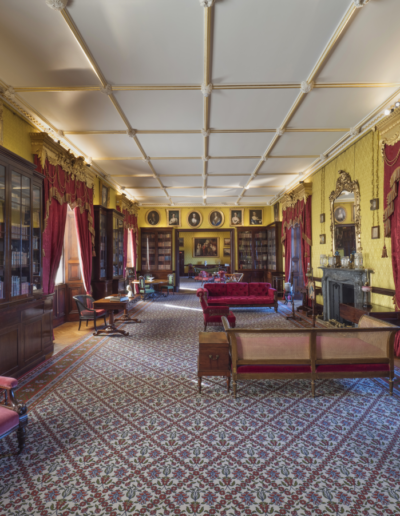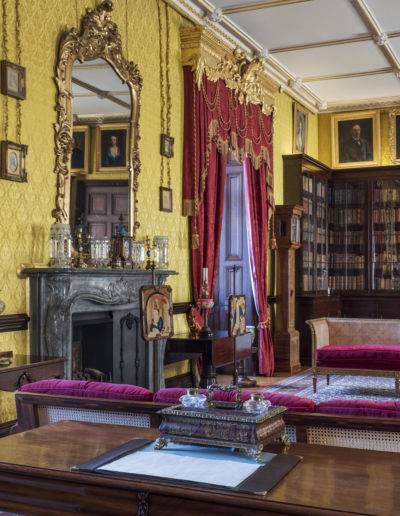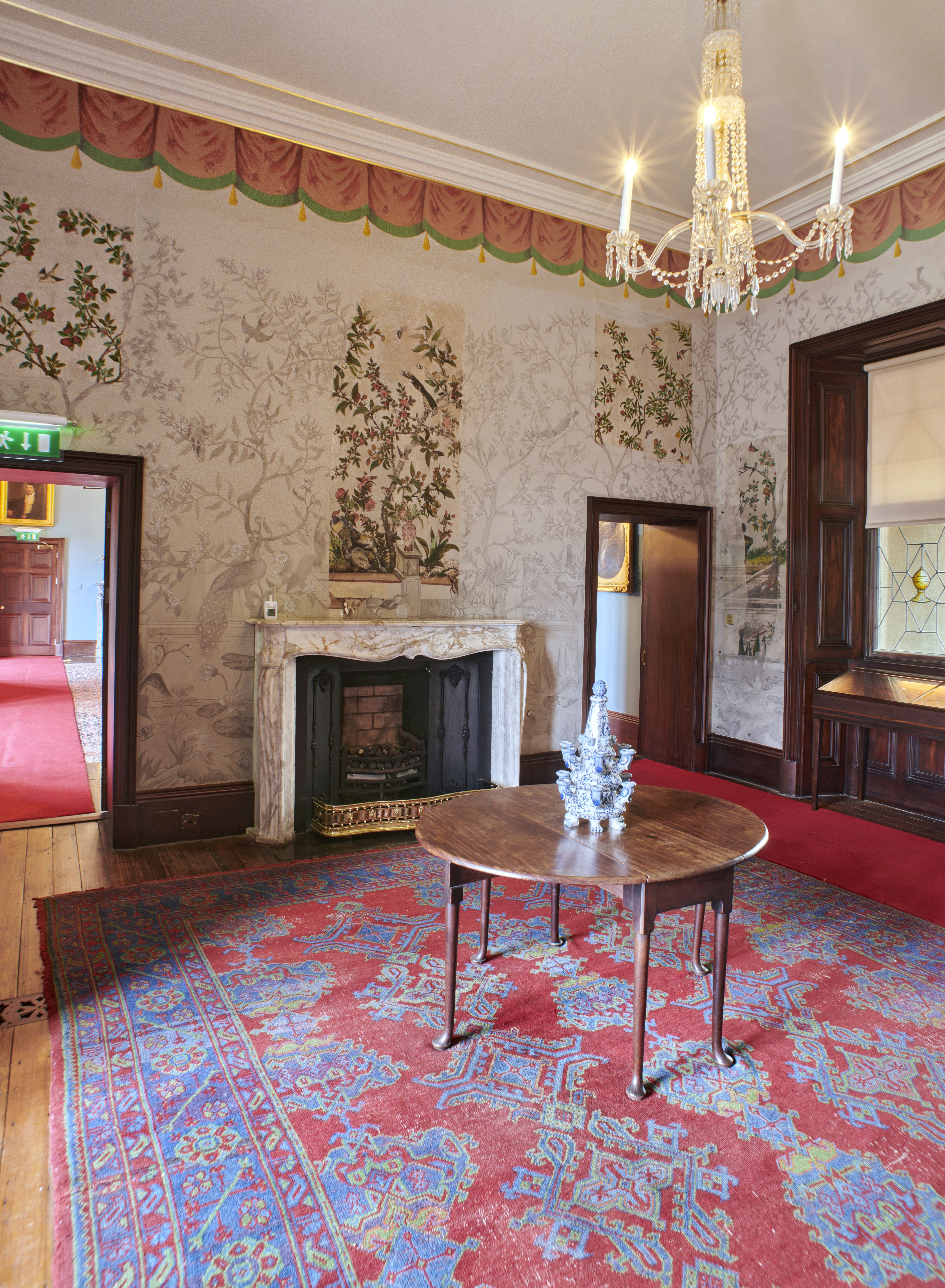As early as the 16th century, the Ormonde family were important patrons of the arts, when James Butler 9th earl (1504-46) commissioned his portrait from Hans Holbien the younger, one of the greatest portraitists of the time at the court of Henry the VII. The 17th century ducal collection was the largest and finest of its time in Ireland; numbering over 500 paintings, 200 tapestries, oriental furniture, silver, and objects d’art.
The next four centuries were a story of acquisitions and sales, mirroring the highs and lows of the family fortunes. The 20th century witnessed the final sale and clearance of the contents of the castle, but it witnessed a recovery, like a phoenix from the ashes.
In 1994, the State moved to preserve a partial collection in its original home by acquiring some family heirloom paintings and tapestries for the castle. Very few early tapestries have survived in this country, making the survival of the Decius Mus suite at Kilkenny all the more extraordinary.
The OPW commissioned extensive research into the collection, which illustrated that while many of the paintings and tapestries were in themselves were very important, the fact that such a significant collection was still together and in its original home rendered this a collection of international importance, a key component in Ireland’s art-historical heritage.
Over the past fifty years the Office of Public Works has infused new life into Kilkenny Castle, today visitors can enjoy this grand old country house furnished with the family paintings and tapestries and objects d’art.
The suite of reception rooms, the Ante Room, Drawing Room and Library, with their patterned carpets, yellow silk wall hangings, paintings and sumptuous furnishings, recall a bygone age of wealth and splendour. The dining room is bedecked with family silver and tableware, the Oriental fashion of the nineteenth century can be seen in the Chinese Bedroom and by various exotic furnishings found throughout the building.
In the Picture Gallery, the stunning hand painted roof is decorated with Pre-Raphaelite ladies and naturalistic scenes and is significant for its architecture and design. Many portraits of the family hang in this room along with the spectacular 17th tapestries of the Decius Mus series.






